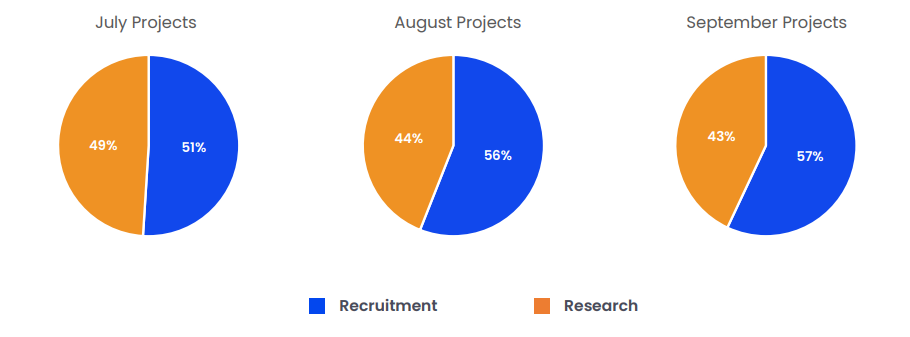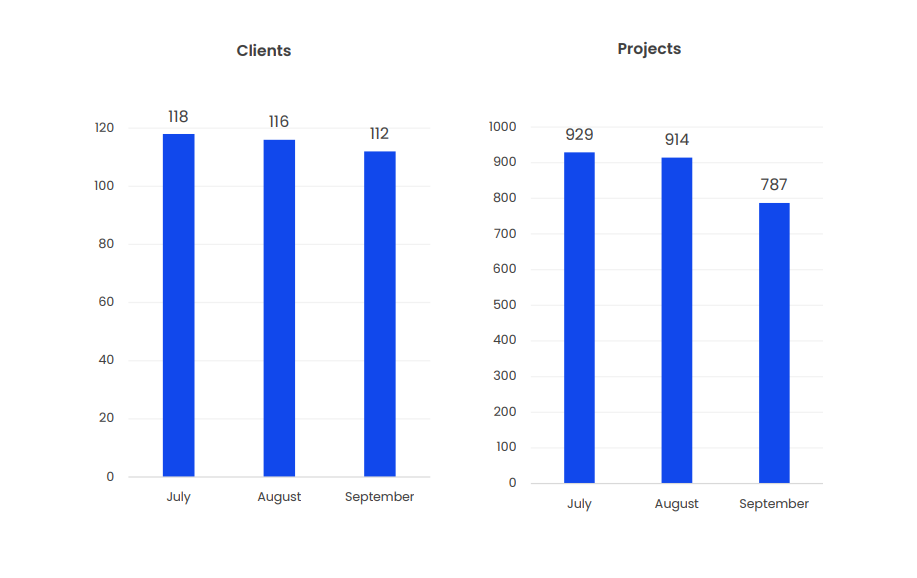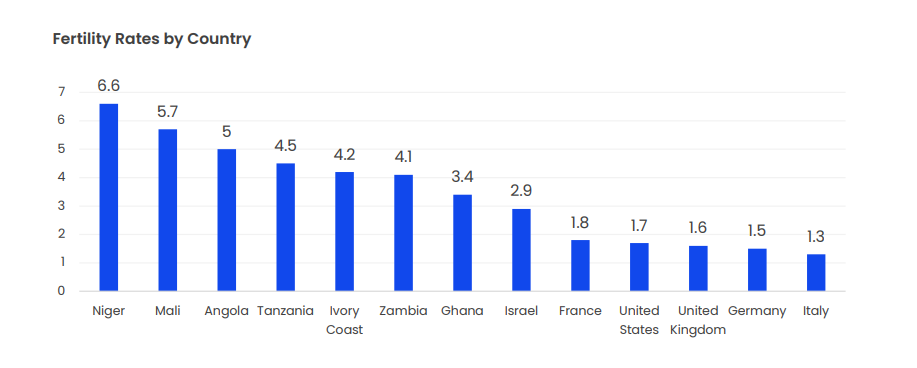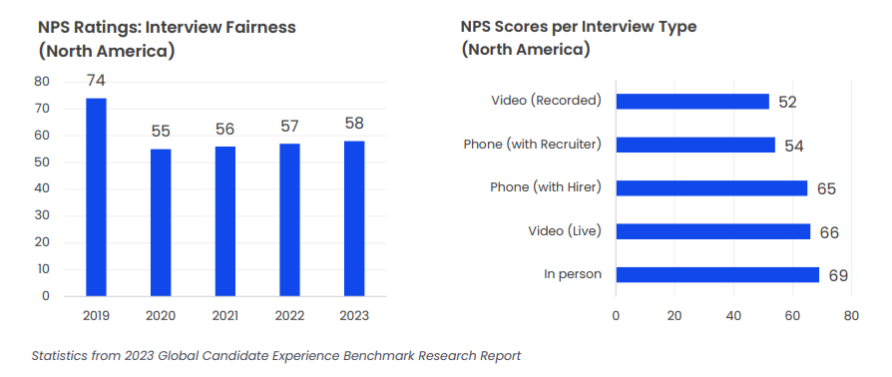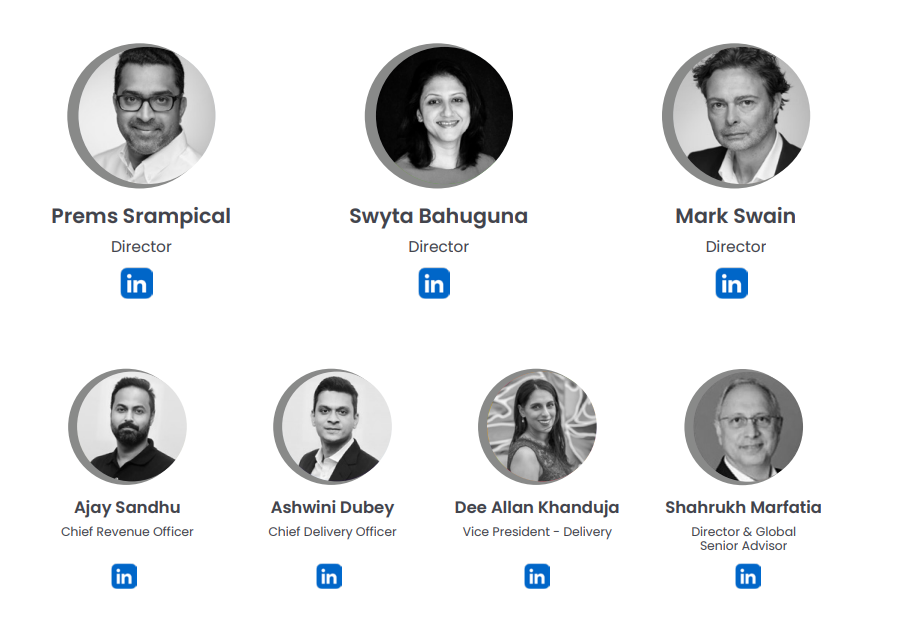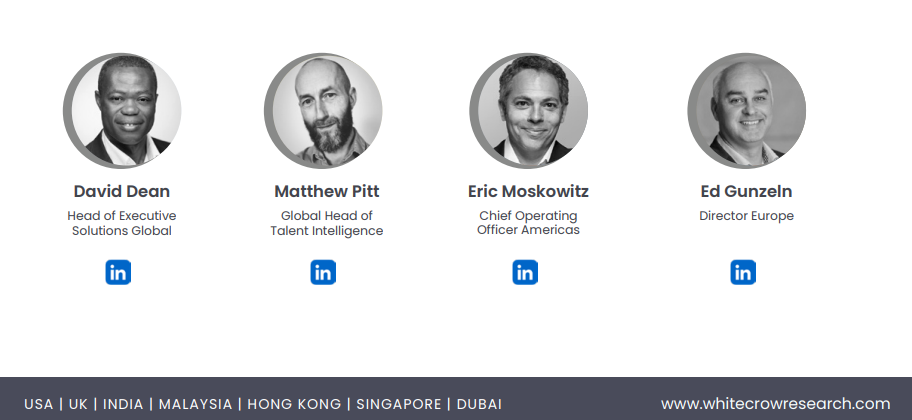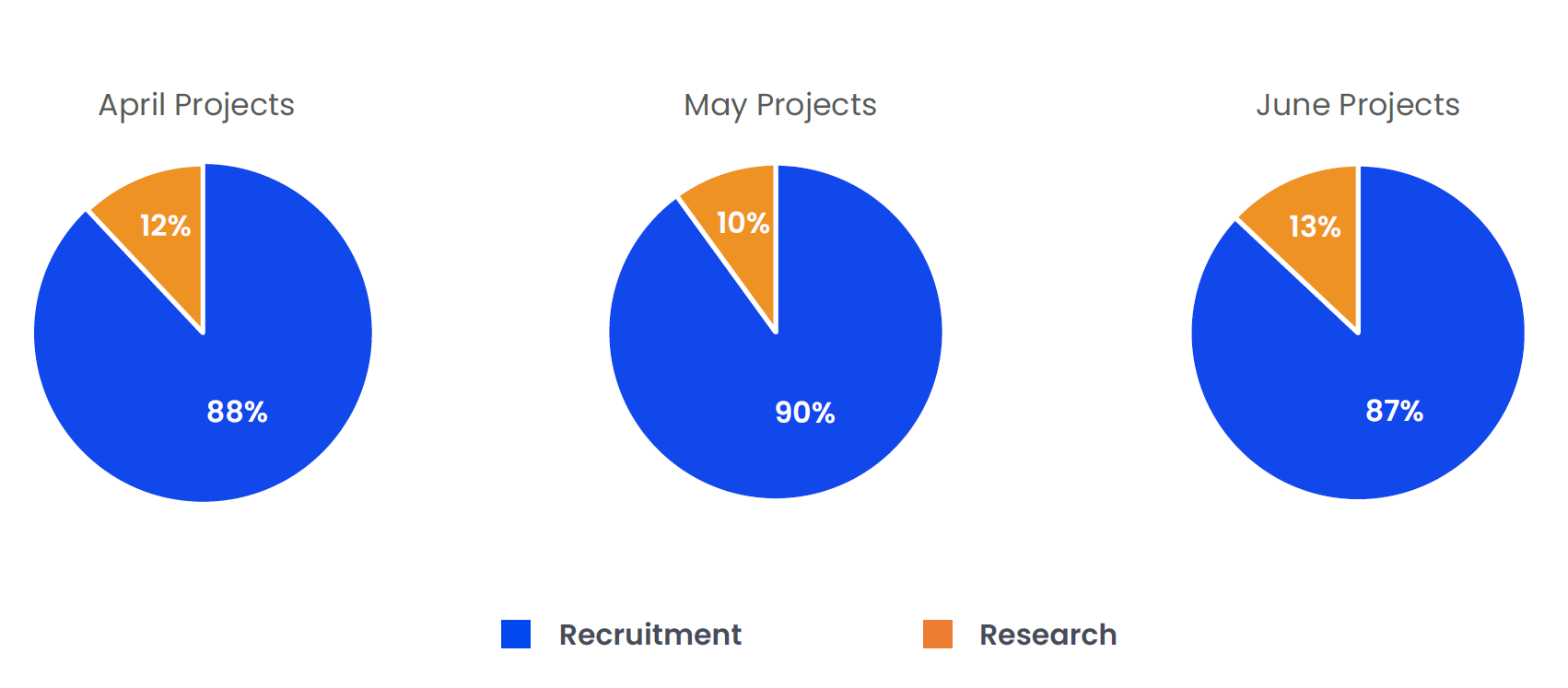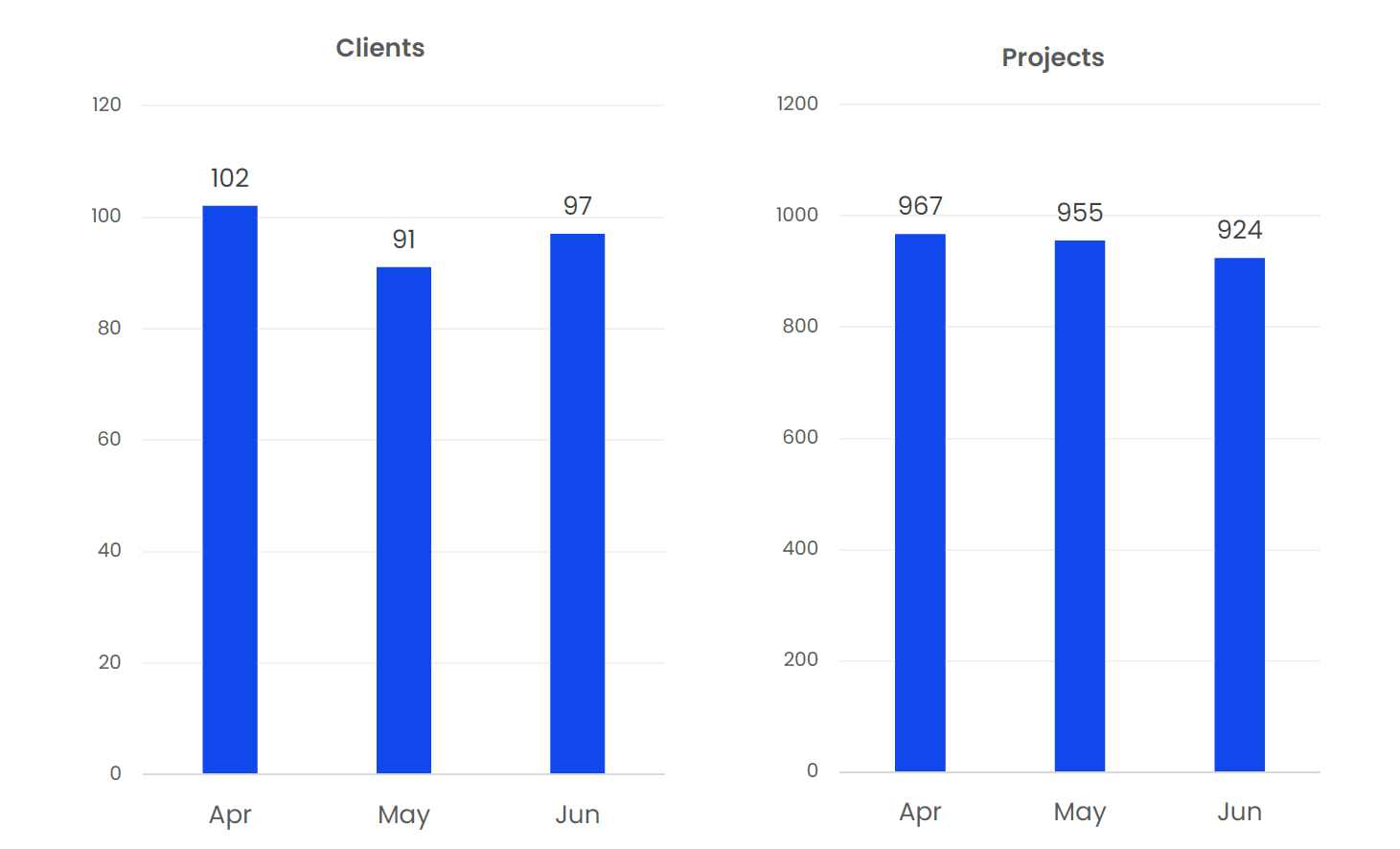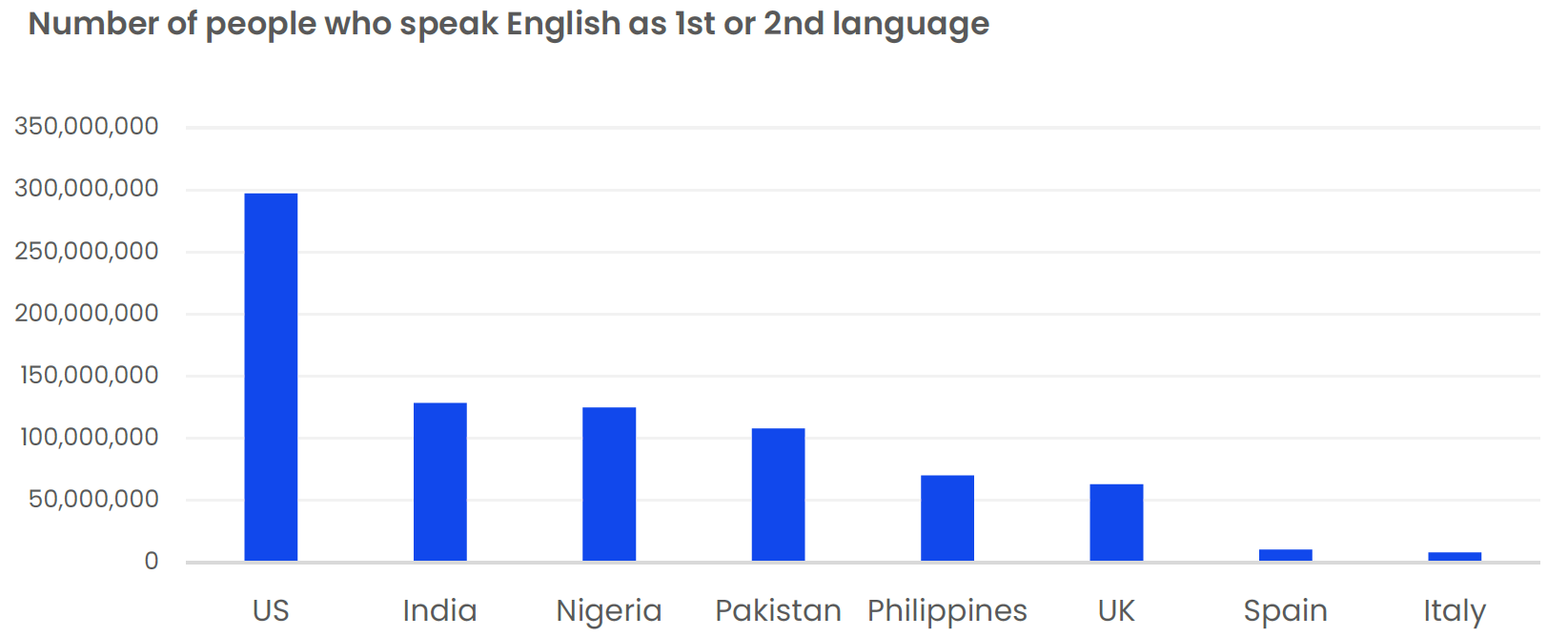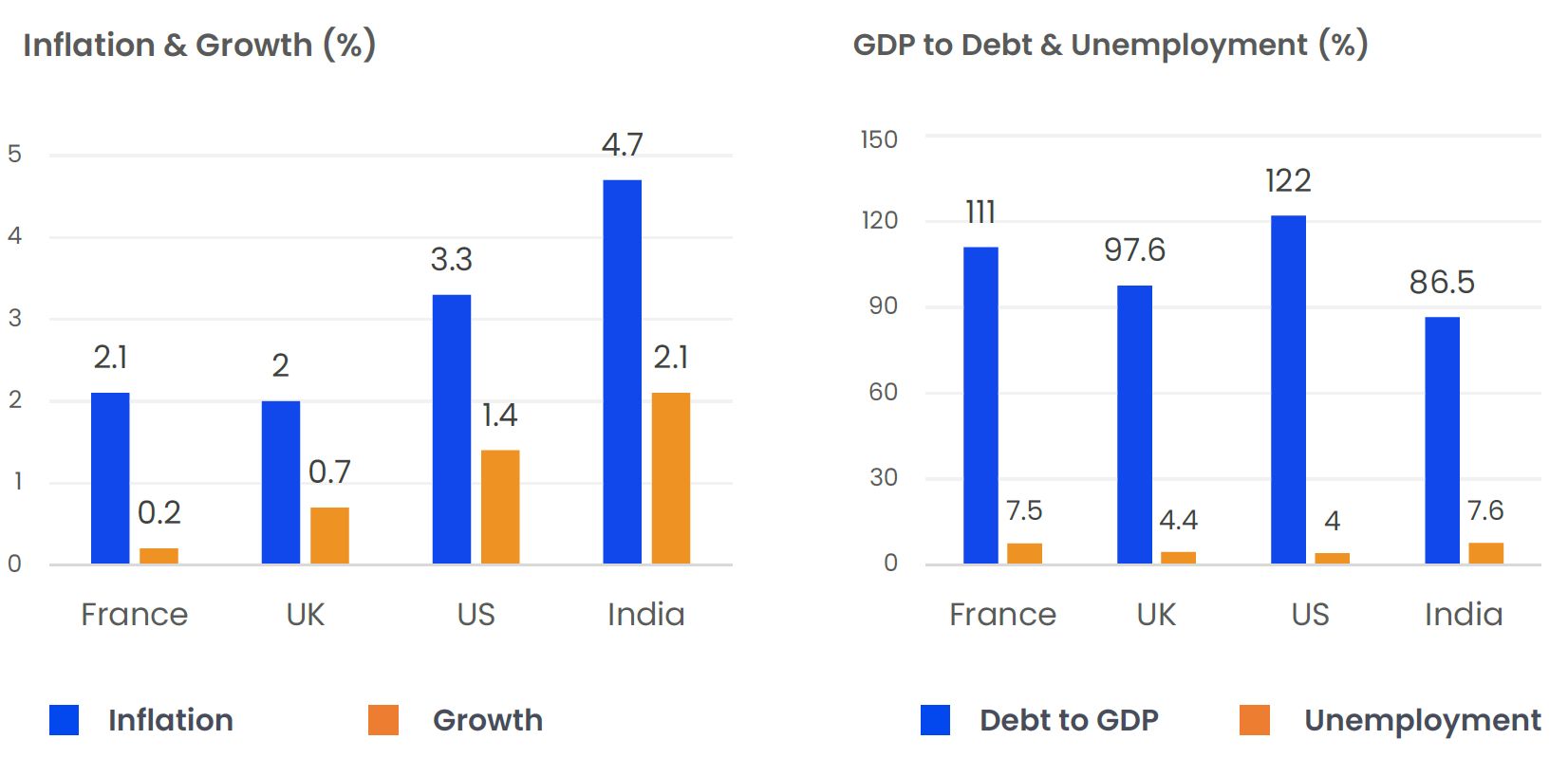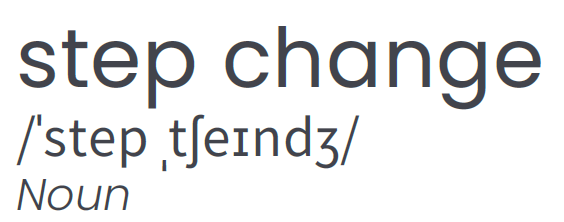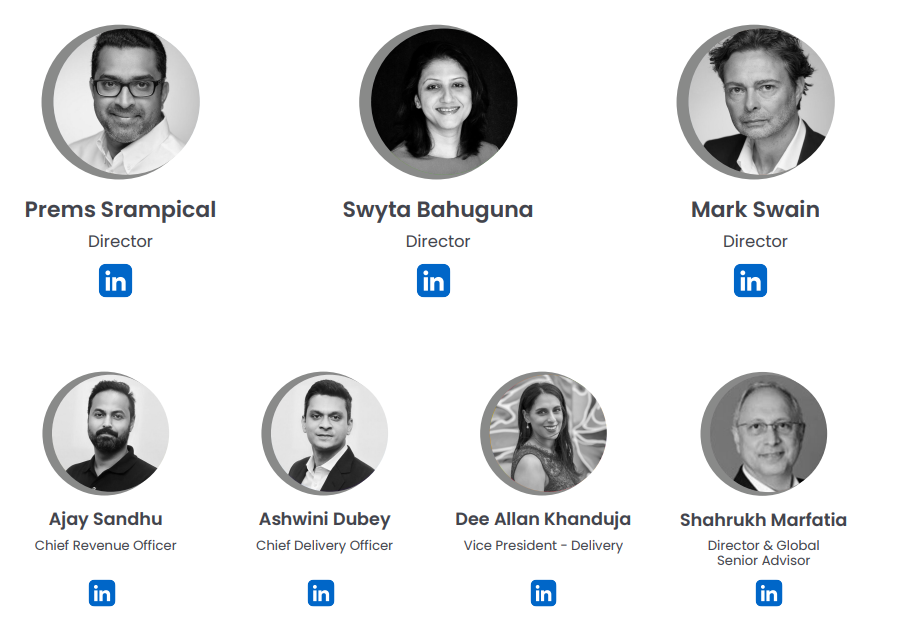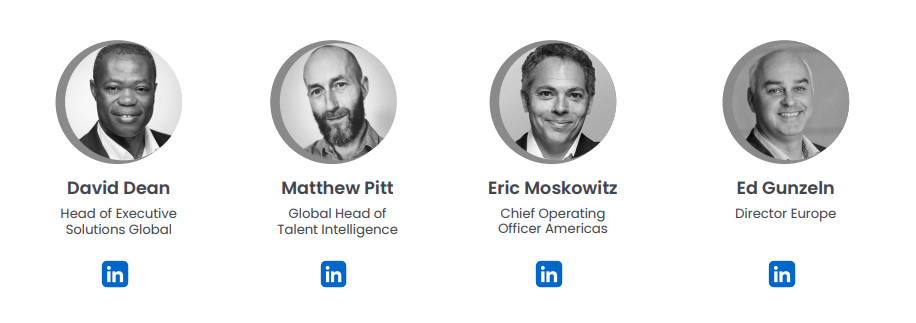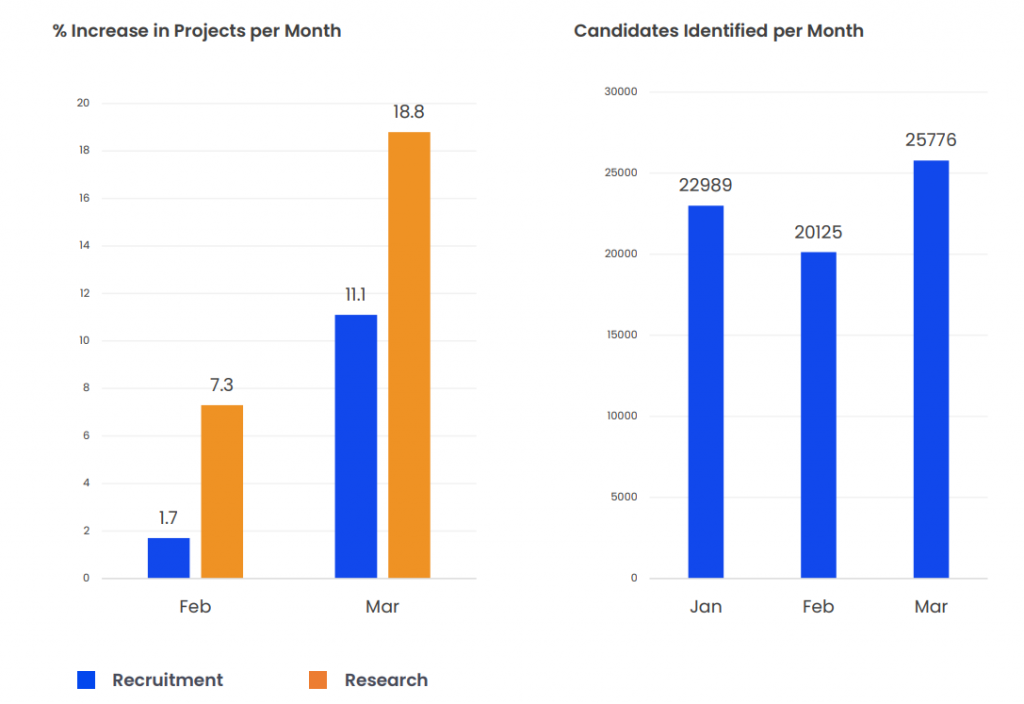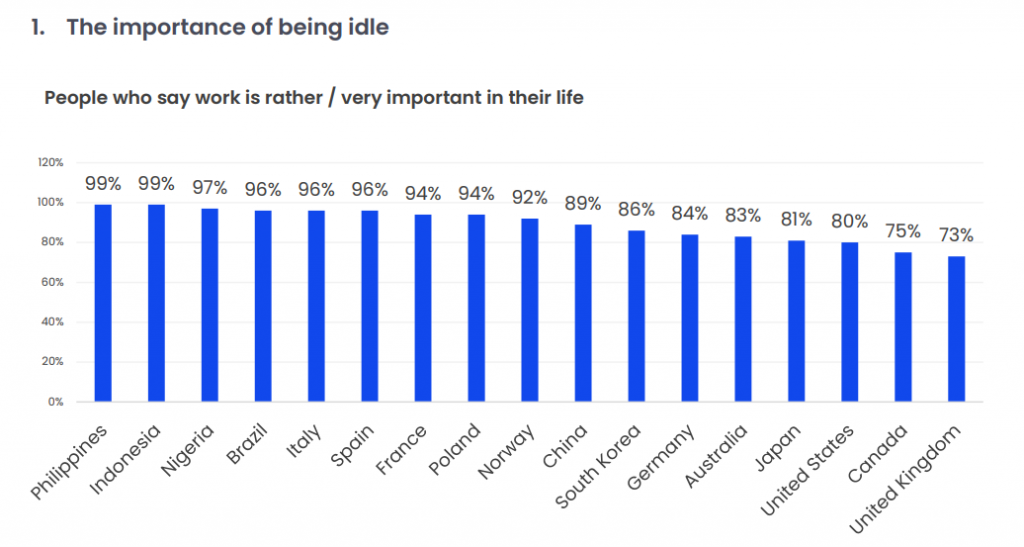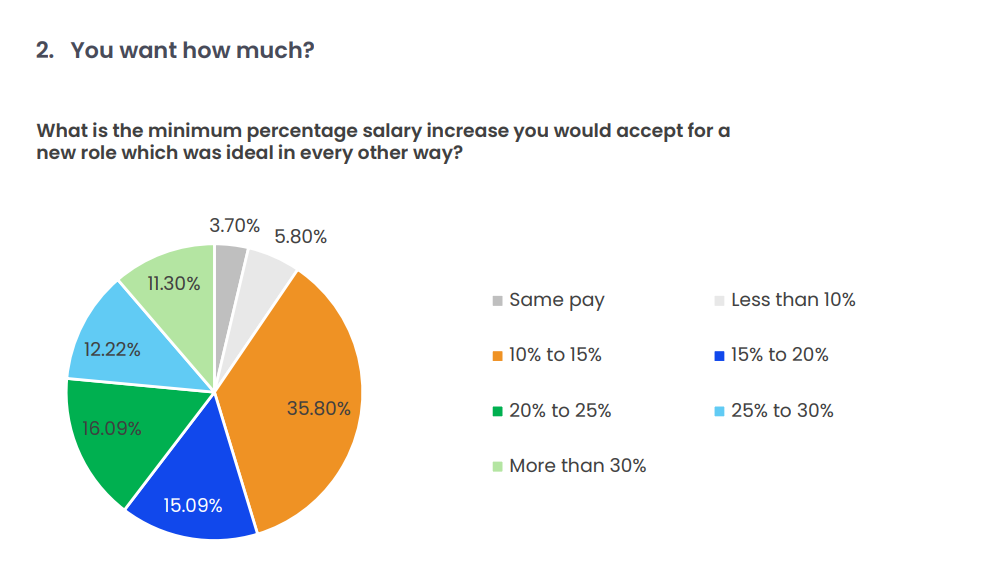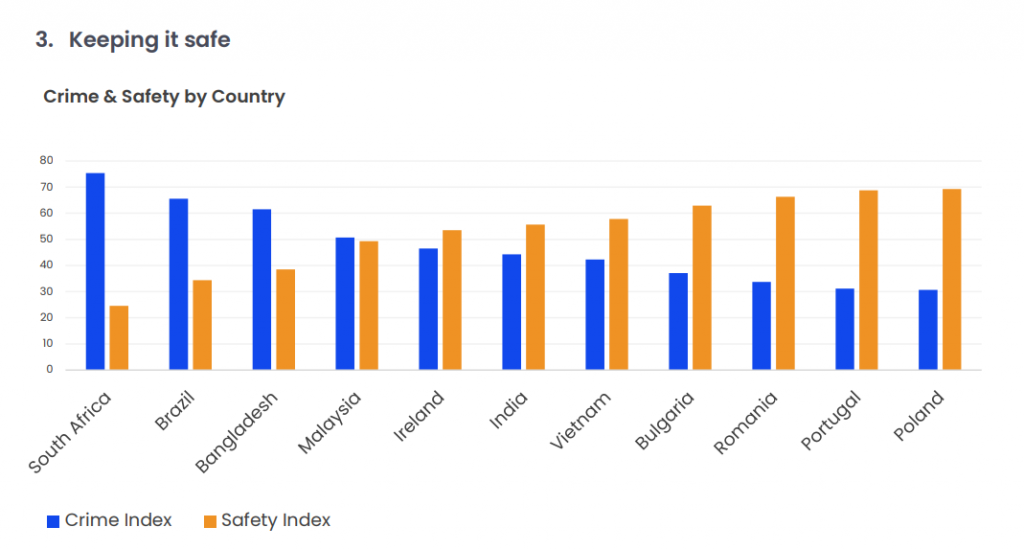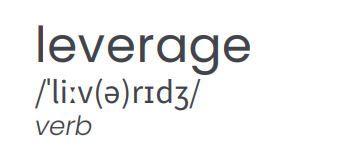Businesses strive to hire the best talent, as employees are the backbone of every organization. However, challenges such as lack of experience, high recruitment costs, and limited availability often arise. Contract staffing services eliminate these issues, providing companies with top-tier talent instantly and without the complexities of traditional hiring processes.
This article highlights all the reasons your business might be missing out by not leveraging contract staffing.

What Are Contract Staffing Services?
Contract staffing, also known as temporary staffing, involves partnering with specialized agencies to manage hiring needs.
These agencies focus on recruiting skilled, semi-skilled, and unskilled workers, offering businesses access to temporary contractors for short-term roles.
Contract staffing enables businesses to respond to shifting demands and market conditions without the obligation of permanent hires.
8 Advantages Businesses Gain from Using Contract Staffing Services
Contract staffing is transforming the way companies perceive workforce management. Its many advantages make it an essential consideration for businesses.
Here’s why more companies are turning to recruitment services.
1. Contract Staffing Services Offer Companies Greater Flexibility

In today’s competitive and often unpredictable market, adaptability is crucial for business survival.
Contract staffing services enable businesses to:
- Hire employees for short-term needs without the financial burden of permanent staff.
- Adjust workforce size easily to align with market demands and conditions.
Here’s an in-depth look at how contract staffing boosts business flexibility, enabling companies to adjust their workforce seamlessly in response to market changes.
2. Staff Recruitment Agencies Provide Talent Across All Skill Levels

Finding suitable candidates to fill vacancies can be challenging, especially for unskilled or semi-skilled roles. This is where staffing services become invaluable.
Recruitment agencies address all staffing needs, offering a wide range of candidates for both skilled and unskilled positions.
With the support of a staffing agency, businesses can efficiently build their workforce from top to bottom.
3. Staffing Services Save Businesses Valuable Time
Every business is familiar with the lengthy process of screening, interviewing, and testing candidates. Moreover, the likelihood of successfully hiring the right person can be low.
Staff recruitment agencies specialize in this process, utilizing streamlined, cost-effective methods that save both time and resources.
Through technology, contract staffing agencies can quickly handle initial screenings, gathering basic information like qualifications, experience, name, and location. The process continues with efficient document collection and virtual interviews. Once completed, the agency is fully equipped to match candidates to the company’s needs.

4. Top Staffing Services Meet Specific Business Needs
Companies operating in specialized industries may have unique staffing requirements, often driven by projects.
Opting for the best staffing services guarantees the agency has a broad network, offering a wide range of skilled candidates, including for highly technical roles.
This ensures that businesses thrive by having the right people with the right expertise in place.
5. Staff Recruitment Agency Partnerships Provide Businesses with Reliability

HR departments can become overwhelmed during peak demand periods, and adding the burden of recruitment can increase pressure. Furthermore, there’s no guarantee that internal hiring will result in finding the right candidate.
Employees are the foundation of a business, and having a dependable staffing solution is essential for success. Staffing services help businesses achieve their full potential.
A recruitment agency consistently delivers, offering stability and reliability that enable companies to push forward and exceed their goals.
6. Staffing Services Provide Access to a Broader Pool of Candidates
Recruitment agencies maintain extensive networks of candidates, often diverse in nature, offering a wide range of:
- Qualifications
- Experience levels
- Skill sets
- Personal attributes
Staffing agencies help businesses select candidates that contribute to building a more diverse workforce. Workplace diversity boosts staff morale and reinforces the company’s commitment to valuing diversity.
7. Contract Staffing Services Are Cost-Effective and Hassle-Free

Businesses are aware of the significant time and resources the hiring process demands and seek ways to minimize these while still securing top talent.
Staffing services offer a cost-effective solution, as the agency handles most of the recruitment work upfront. This includes data collection, regular updates, and thorough screening and testing, providing a clear picture of the candidate’s qualifications and work status. This process helps reduce both time and expenses.
Contract staffing services are more budget-friendly than internal HR recruitment, and the best part is that contract workers can start immediately, helping companies meet their objectives.
This demonstrates how staffing services contribute to cost-effective hiring.
8. Access to Additional Recruitment Agency Services
Many staffing agencies go beyond just recruitment, offering additional services to add value for businesses.
Examples of these services include:
- Onboarding
- Payroll management
- Human resource software
As a result, staffing agencies can assist businesses in managing multiple aspects of workforce administration.
Conclusion

In today’s fast-paced and competitive business environment, contract staffing has emerged as a game-changer for companies looking to stay ahead. By offering flexibility, cost-efficiency, and quick access to diverse and skilled talent, contract staffing services provide a strategic advantage that enables businesses to thrive, even in uncertain times. Whether it’s the ability to scale your workforce according to demand, access specialized talent, or save valuable time in the recruitment process, contract staffing meets a wide range of business needs.
For companies seeking a reliable, cost-effective solution to workforce management, contract staffing is the key to unlocking greater success. By leveraging the power of recruitment agencies, businesses can ensure they have the right people in place, precisely when they need them, while also gaining access to additional services like onboarding and payroll management.
If your business hasn’t yet explored the benefits of contract staffing, now is the time to consider how it can transform your hiring process and help you reach your goals more effectively.
FAQs

Q. Can permanent and contract staffing be combined in the workforce?
A. Yes, companies can have both permanent and contract/temporary staff working together. This mixed workforce approach can offer numerous benefits to the organization.
Q. Why is contract staffing services essential for businesses?
A. Employees are a crucial asset to any company. The ability to hire the right people at the right time is vital, especially during challenging periods and market uncertainty. Contract staffing services help businesses navigate these situations effectively.




































